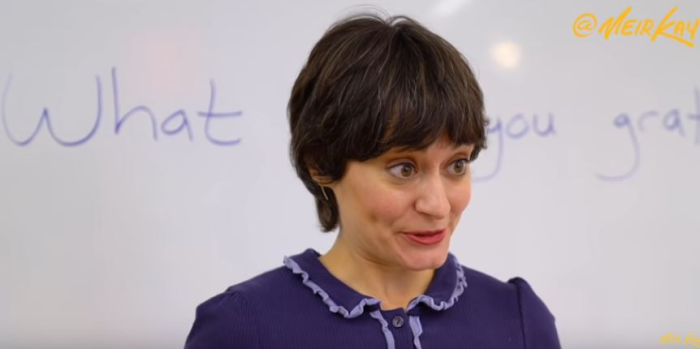Evidence-based research & Replication, Part 3 of 5

Earlier posts discussed the importance of repetition, fun with tessellations, and replication. An earlier post on replications emphasized that teachers should skim an abstract to check out whether the participant students in that study are similar (in some ways) to their students. Another example of this might be if you found a paper about reading instruction with Grade 7 & 8 participants, would this be suitable to replicate in a Kindergarten or Grade 1 classroom?
Probably NOT – most teachers know that reading instruction differs depending on the skills and knowledge of their students. Special educators might also know that there may be some students with additional needs in Grades 7 or 8 that still need decoding instruction. However, in most secondary Grade 7 or 8 classrooms, the reading instruction focusses more on reading comprehension than decoding, with appropriate adjustments for any students with additional needs.
Just repeating, skimming the abstract is likely to provide some information about the number of students in a small group or whether there were additional teachers or if those teachers had specific training in that intervention.
As a classroom teacher, you’d be considering whether you can create these similar conditions, within the resource and time constraints in your school? Is there sufficient funding to employ those additional teachers? Does the school budget for professional learning provide funding for the training in that intervention? Are you able to manage all those smaller groups in your classroom without additional help? Do you have access to similar resources (specific to reading, writing, numeracy or some other curriculum)? If not, is there budget to buy these?
Unless you can replicate (copy and/or adjust and create) similar conditions for learning for your students, then a replication might not be possible? So, try to find some research that you can use!
That’s part of what my teacher professional learning courses are about – finding and using evidence-based research IN YOUR CLASSROOM – that will meet YOUR STUDENTS’ LEARNING NEEDS!
If you’re interested in this first NESA accredited course, Formative Assessment 1: Early Oral Language and Literacy, for Proficient Teachers and Special Educators working in k-2 grades, contact me. This course outlines strategies and adjustments for tailoring more closely to your students needs, your classroom and your local school context. Proficient teachers completing this course will receive 7.5 hours of accreditation.
With or without completing this course, maybe I can support you in this process, maybe not? Happy for you to email me and ask!
Categories
- evidence-based (5)
- learning (14)
- literacy and numeracy (8)
- oral language (3)
- oral reading fluency (1)
- parent child reading (2)
- talking and listening (4)
- teacher learning (4)
- well being (1)
Recent Posts
Archives
- July 2022 (1)
- June 2022 (1)
- May 2022 (2)
- April 2022 (1)
- March 2022 (4)
- February 2022 (4)
- January 2022 (2)
- December 2021 (1)
- November 2021 (1)
- October 2021 (2)
- September 2021 (1)
- August 2021 (3)
- July 2021 (3)
- April 2021 (1)
- March 2021 (4)
- May 2020 (1)
- February 2020 (1)

0 Posted Comments
Post a Comment